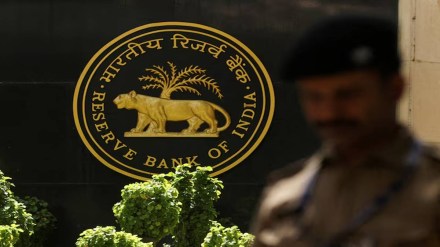The Reserve Bank of India (RBI) has delivered a significant boost to infrastructure financing by finalizing project financing norms that are far more lenient than those initially proposed, offering a respite to banks and non-banking financial companies (NBFCs). According to experts, these changes are set to provide a much-needed impetus to infrastructure lending while limiting the impact on lenders’ profitability and balance sheets.
What are the key highlights of the final norms?
Provisioning relief: The standard asset provisioning requirement for under-construction infrastructure projects has been slashed from the draft proposal of 5 per cent to just 1 per cent in the final guidelines. And for under-construction commercial real estate (CRE) projects, provisioning is set at 1.25 per cent. For operational projects, meanwhile, provisioning remains largely unchanged at 0.4 per cent.
Status quo for existing projects: The new norms by the RBI apply only to new and upcoming project loans. Per the announcement, projects that have already achieved financial closure before October 1, 2025, will continue under the existing framework.
Implementation timeline: The revised guidelines will come into effect from October 1, 2025, giving lenders adequate lead time to adjust.
Flexible DCCO extensions: The RBI has rationalized the extension limits for the Date of Commencement of Commercial Operations (DCCO) to three years for infrastructure and two years for non-infrastructure projects.
Impact of RBI’s project financing norms
Minimal impact on profitability:
According to analysts, the impact of the new norms on the profitability of banks and NBFCs will be negligible. Motilal Oswal said, “With funding conditions easing and lending appetite remaining intact, the revised norms are unlikely to meaningfully dent profitability. In fact, the accommodative rate environment provides a supportive backdrop, allowing banks to absorb any residual impact smoothly while continuing to support project finance growth.”
Jefferies highlighted that the RBI’s final norms are a major positive for infrastructure-focused lenders. The brokerage notes that while there is a slight increase in provisioning for banks, the overall impact is manageable and the new framework provides much-needed regulatory clarity and certainty for project financing.
Jefferies estimated banks may face 25–60 basis points higher provisioning for under-construction projects compared to current levels, though this is manageable under the revised framework.
Regulatory clarity and consistency:
The final guidelines replace multiple legacy circulars, standardizing project loan treatment across banks, NBFCs, and cooperative banks. This simplification, per brokerages, is expected to reduce compliance complexity and foster a more conducive environment for project financing.
“The rollback of draft provisioning guidelines and the shift to principle-based supervision reflect regulatory pragmatism,” said Motilal Oswal while maintaining a positive view on the sector, with ICICI Bank, HDFC Bank, SBI, AU Bank, and Federal Bank being the preferred picks.
